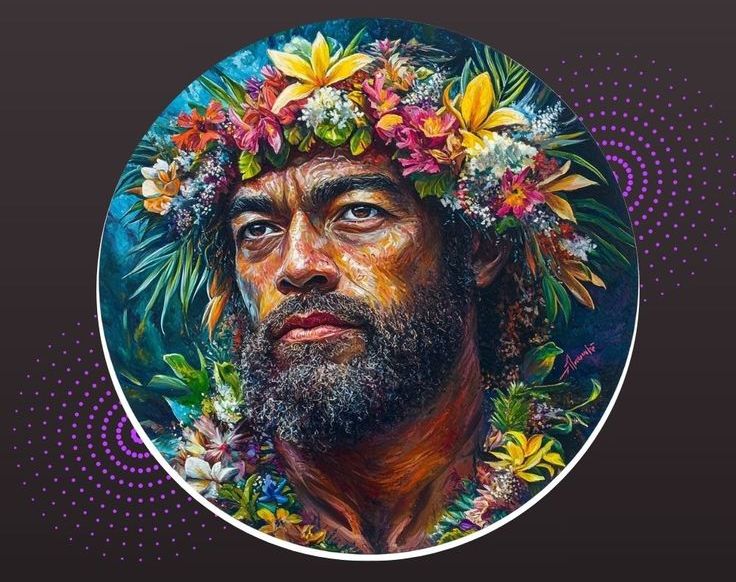Lono is a popular figure in Hawaiian folklore, and he is typically portrayed as a benign god who gives life and plenty to his faithful followers. He is also venerated as a defender of the environment and a provider of good fortune because of his connections to the natural world. Lono is also invoked throughout traditional Hawaiian cultural customs and rituals, especially in music and dance. It is common practice in traditional Hawaiian medicine to pray to him as a healing god. Lono is still held in high esteem in contemporary Hawaiian society, with regular appearances at religious ceremonies. The deity of the farm produces mainly sweet potatoes or kumara. It is believed that soon after Rangi, and Papa Lono split up, the former used a net to pull the latter from the oceans into orbit alongside the sun.
He governs over the wetter four months of the year, and his more aggressive sibling, K, is in charge of the rest. War was strictly prohibited between October and February, a time known as the Makahiki season, and instead celebrated with feasts, dances, and games in gratitude for the bountiful harvest and life-sustaining rain. This holiday is still widely observed in Hawaii today. Upon his arrival to Hawaii during the Makahiki festival, British explorer Captain James Cook was mistaken for Lono and honored accordingly; however, when it was discovered that the explorer was a mortal, a fight ensued, and Cook was killed.
Lono used a net to capture the moon and the sun and launch them into orbit after Papa and Rangi broke apart. He provided his sibling Ku with nutritious food as part of making humans. After that, Kane used his brother’s corpse to give the people he had created a new life. Lono and Kaikilani met because they shared a passion for surfing and rainbows. It was a passionate partnership, but he often felt envious of her. Additionally, he believed that she had been unfaithful, leading him to strike her with his divine abilities frequently.

In ancient Hawai’i, people prayed to Lono for help ensuring good crops, sufficient rainfall, and safety from starvation and drought. People prayed and gave offerings at heiau ipu or hale o Lono during the yearly Makahiki festival, which was conducted in his honour. These were built on the ahupua’a border. Earthquakes, waterspouts, tornados that sweep this same earth, and gushing mountain springs symbolise Lono, just like heavy rain, thunder, and lighting. Red fish, white fish, black coconuts, and ‘awa are some other kino lau linked to Lono. Clouds are called “kino” of Lono in many songs. In his Kamapuaa guise, Lono was also linked to cultivating potato lands, which relied on winter rains. Humble ‘uala was jokingly referred to as Kamapuaa’s “droppings” by the ancestors of contemporary Hawaiians.
The legend of English explorer James Cook, the very first European to set foot on the Hawaiian archipelago, has connections to Lono. People thought he was the god Lono, leading him to one‘s temple upon his arrival. With this verification of his existence, there was no doubt that the man was, in fact, Lono. Among the Hawaiians, there was a widespread myth that Lono was planning to expire and abandon the island. After Cook returned to the islands, the same locals there had him murdered to make sure Lono met his end as planned.






